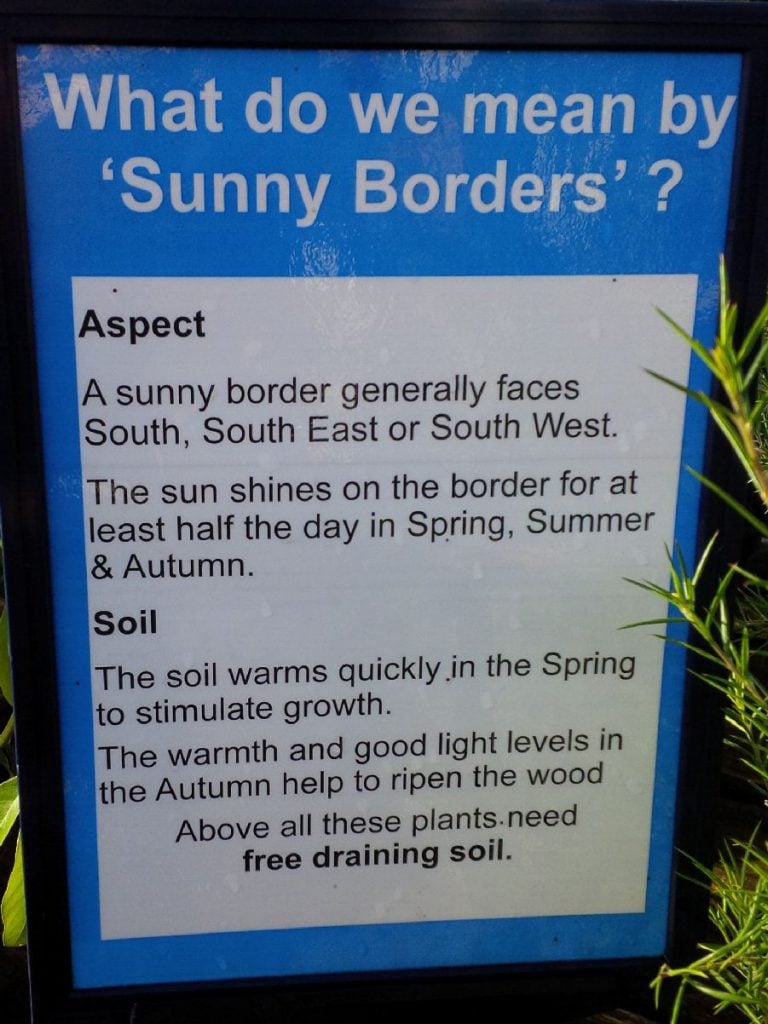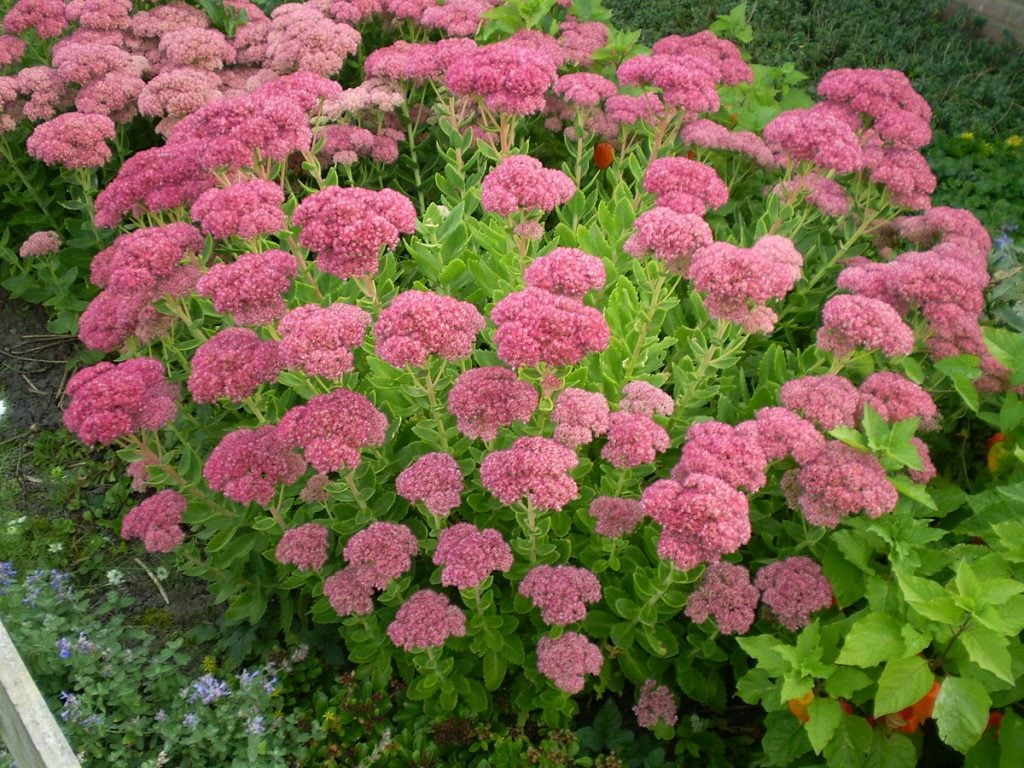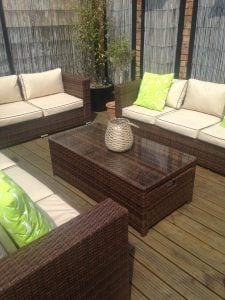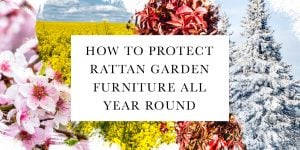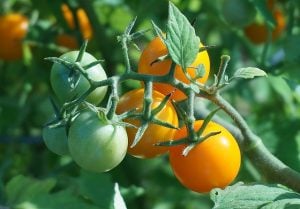Planting aspects - North, South, East or West Facing Garden
South-facing gardens are what everyone seems to long for. True, they have a lot of sun, all day, and sun means more light and warmth, and images of the perfect garden space, with stunning outdoor furniture. Many wonderful gardens aren't south-facing, though, and beautiful plants thrive in shade and coolness.
Depending on the size and shape of your garden some parts may face North, others South, and others East or West or a mix. And very few gardens are strictly aligned to north, south, east or west and so will have some parts in full sun, some in partial shade and some in deeper shade. Even completely north-facing gardens, if they are long enough or have a wide-open horizon (an open aspect in gardener speak), may have good light levels.
Gardeners call the direction a garden faces its ‘aspect’. Whether north, south, east or west, the aspect affects the amount of light and warmth a garden gets from the sun. It’s one of the things that makes up your garden’s own special 'microclimate' and what will grow well there. Each aspect has its virtues and challenges for gardeners. Choosing plants that suit your garden is what is important.
Here are a few pointers about plants that will thrive in gardens with different aspects. First of all, though, which aspect does your garden have?
Which aspect does your garden have?
There are two ways to work this out.
- You can use a compass. Whether the sun actually reaches the garden, of course, depends on whether the garden is shaded by houses, trees, hedges and walls or whether there is an open aspect.
- Spend some time outside and watch where the sun rises and sets, and where it shines in the garden. You may be pleasantly surprised at how much sun your garden gets in a day.
- When the sun rises, it shines on the east facing part of the garden.
- When the sun rises higher in the sky, it shines on the south-facing part of the garden all day long.
- And the part of the garden where the sunshine does not reach is north-facing.
- Finally, where the sun shines from late afternoon until sunset is the west-facing part of the garden.
So, you probably have a baring question that you're wanting to ask. Should I purchase a home that has a garden facing East, West, North or South? Well below we've given you some considerations before purchasing your dream home.
East-facing
East facing gardens have the morning light (which can be bright but rather thin) and are shaded in the afternoon and evening.
- This is the place for plants that tolerate partial shade and cannot cope with strong sunlight. Honeysuckle and berberis are plants that will cope with morning sun and cool conditions.
- Shade in the evening enhances the impact of white flowers like the fragrant tobacco plant (Nicotiana sylvestris). These attract pollinating moths.
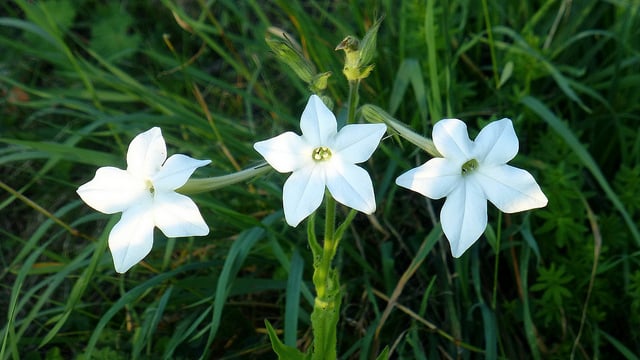
Nicotiana 'Fragrant Cloud'. © cristina.sanvito and reused under https://creativecommons.org/licenses/by/2.0/
- East facing gardens are not a very good place for plants that flower early in the year, such as camellias. This is because a cold and frosty spring night is often followed by a bright and sunny morning. The sunlight will be intensified by the layer of ice around the flowers and it will scorch them. Climbers will be especially affected because the wall they are growing against has been cooling since midday the previous day and will be prone to any frost. Fruit tree blossom (and so the fruit crop) can be badly affected too.
South-facing
South-facing areas get more light and warmth than other areas. This can be increased by fences or walls which trap and reflect warmth.
- It’s no surprise that plants which love the sun suit south-facing areas: Mediterranean plants, Verbena bonarensis, bearded irises, sun roses (Cistus), alliums, the rock rose (Helianthemum) and lavender.
- South-facing walls heat up in the day releasing warmth through the night which prevents frost and helps to ripen fruit such as peaches.
- The hot sun can fry some plants – a south-facing garden is usually too hot for tender seedlings, for example.
West-facing
These gardens are in shade in the morning and get afternoon and evening light.
- This is ideal for camellias and magnolias, sedums and fuchsias.
- Soft fruits benefit from the warm, ripening sun in west-facing gardens.
- Plants here must be able to withstand the heat of the afternoon sun over the summer months.
- A sheltered spot in a west-facing garden is excellent for fragrant plants.
North-facing
North-facing areas of the garden have the least sunlight and are in shade for much of the day. They can be damp. The far boundary of a south-facing garden faces north, remember, so will be mostly shaded all day.
- There are no extremes of temperature during the day which suits plants such as hellebores and Japanese anemones. This is a good place for delicate plants that are easily scorched.
- Woodland plants which don’t mind low light levels like these parts of the garden: lily of the valley, periwinkle, snowdrops, pulmonaria, fragrant honeysuckle.
- Ferns and hostas do very well too, especially if the soil is moist.
- Ivy, climbing hydrangea, jasmine, pyracantha and Parthenocissus henryana (the Chinese Virginia creeper) all love north-facing walls.
So, in brief ...
Whichever way your garden faces there are plants which will thrive and look wonderful. There is no need to worry.
Sign up for our emails below, so we can send you blogs on gardening tips, as well as updates on our sales, so you don’t miss out on those garden furniture bargains!


